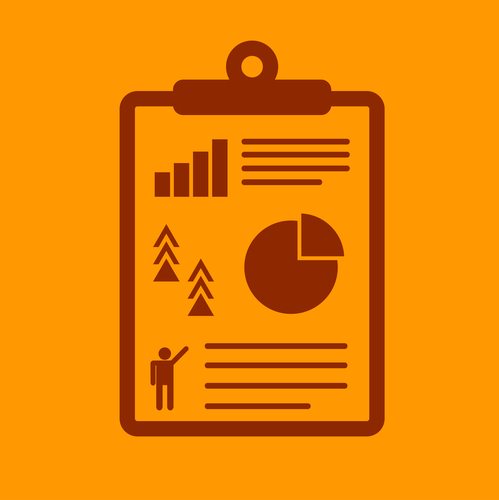SOLAS VGM
SOLAS VGM
Just 2 months away, the Verified Gross Mass Requirement will be implemented. There has been a lot of speculation, discussion, and clarity since the announcement last summer. Here are some important points and updates:
- Effective Date = July 1, 2016
- VGM = verified gross mass. The total weight of the container + the cargo itself
- VGM must be submitted prior to loading the container on the vessel
- Carriers have announced, “No VGM, no load”
- Several Methods for weighing a container and newly accepted methods:
- Method 1: weigh the container when empty, then again after loading
- Method 2: weigh the cargo + contents of container, then add to the tare weight of the container
- Rational Method: submitted by AgTC. Shipper certify the weight of their cargo, while the carriers certify the weight of their containers.
- Ports Method: Port weighs the container prior to loading. South Carolina Ports first to offer this in the U.S.A.
- All current certified container-weighing equipment now in use in the U.S.A. is allowed
- VGM can be submitted electronically [Scarbrough will do this for our clients]
- OCEMA best practices guide to submit VGM. Download Here.
- OCEMA Process Map to submit VGM. Download Here.
- Shipper name listed on the Master bill of lading is responsible
- Suggestion is to submit cargo weight on the shipper’s letter of instructions
Recent News
After proposals from a couple of industry trade groups, the U.S. Coast Guard approved two alternative methods for obtaining verified gross mass prior to the loading of a container to comply with the SOLAS amendment and new regulation to be implemented July 1, 2016.
These new methods will make it easier for U.S. exporters to obtain the verified gross mass of a container. The South Carolina Ports Authority has been the first port in the U.S. to help shippers comply with the new IMO rule, who will be weighing containers on site for $25 per container.

Photo Source: www.depositphotos.com/2nix
The other proposed method that the U.S. Coast Guard approved was proposed by the Agriculture Transportation Coalition, which indicates that “U.S. exporters would certify the weight of their cargo and packing materials, while the container lines would certify the weight of the container they own, control and manage. The liners would then combine the two weights to create the VGM that is submitted to the terminal operator before loading.” [source]
“AgTC has argued that the method takes into consideration that shippers cannot and should not be held liable for the weight of the container itself, which they neither own, lease nor operate.” [source]
Since the IMO regulation is being handled into a business practice instead of through a regulatory enforcement, individual carriers can stipulate in their business agreements with shippers that they will or will not accept a certain method. As long as the VGM is provided by using certified scales, the carriers are allowed to permit any of the multiple acceptable methods for providing VGM.
Furthermore, all current certified container-weighing equipment now in use in the U.S.A. will be considered “certified” under the new rule and compliant for weight submission.
As an industry leader in compliance, Scarbrough has already began working with our clients and submitting weight verification. Our truck bill of lading forms and shipper’s letters of instructions are being used as a dual purpose for both a truck bill of lading and a weight verification certificate. Clients fill out these forms, verify the weight, add the container tare weight located on the rear of the container, then designate a person from the company to sign on behalf of the shipper. The forms are then returned to Scarbrough, and Scarbrough submits them to the appropriate party. Scarbrough actually submits these forms on the day of loading, which is well in advance of potential deadlines for VGM submission.
To learn more about the SOLAS VGM, register for a free webinar on July 13, 2016 at 1:30 pm CST.
To view past recorded webinar, click here.
